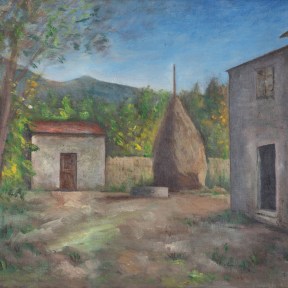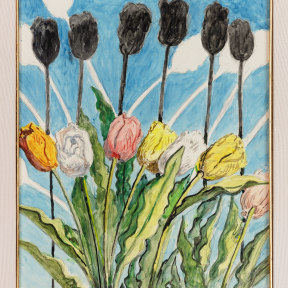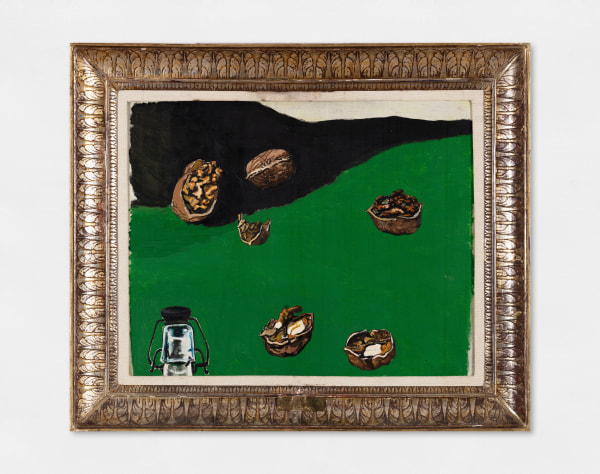-
Biography
Renato Guttuso (Bagheria, Italy 1911 - Rome, Italy 1987)
Born in Bagheria in 1911, Renato Guttuso's artistic journey took root under the tutelage of his father, Gioacchino, and the enchantment of watercolours he created for pleasure. Further inspiration flowed from the workshops of Domenico Quattrociocchi and the carriage painter Emilio Murdolo.
By the age of thirteen, Guttuso began signing his early works, revealing a distinct influence from the artistry of Giorgio de Chirico and Carlo Carrà. Embracing Communism during the war, politics gradually seeped into his art, leaving an indelible mark on his creations. His unwavering commitment to the Italian Communist Party saw him elected as a senator twice in the 1970s, becoming the party's most highly regarded artist.
Around the age of twenty, in 1931, he was admitted to the Quadriennale in Rome, where he would return to exhibit in 1935 and 1937. In that same year, he moved to the city, sharing with Colacicchi and Scialoja a studio that evolved into a vital hub for artists.
His inaugural solo exhibition unfolded in 1938 at the Galleria della Cometa in Rome. Guttuso depicted monumental historical scenes, landscapes, still lifes, and portraits of people from Southern Italy, using expressive brushstrokes and a warm palette reminiscent of his Sicilian roots.
The 1940s marked a politically charged period in his artistic production. Co-founding the “Fronte Nuovo delle Arti” movement with Birolli, Vedova, Marchiori, and gallery owner Cairola, the group sought to revive European artistic traditions obscured in Italy due to fascist repression.
He contributed theoretical and art-critical writings to leading Italian and international publications, recently collected in a book for Bompiani.
His involvement in theatre extended to designing sets and costumes, starting with "Histoire du Soldat" in 1940 and collaborations with renowned theatres such as La Scala in Milan, La Fenice in Venice, and Teatro Massimo in Palermo. His illustrations for books, notably "I disegni danteschi," garnered widespread acclaim.Solo exhibitions of Guttuso's work proliferated globally. Presently, his masterpieces find a home in prestigious museums worldwide, including the Tate Gallery in London, MoMA in New York, and Centre Pompidou in Paris. The Galleria Nazionale d’Arte Moderna e Contemporanea in Rome honours him with a dedicated permanent room, while the Museo Guttuso in Bagheria showcases numerous pieces.
The artist died in Rome in 1987.
Copyright the artist. Photo UniCredit Group (Sebastiano Pellion di Persano)
-
Works














